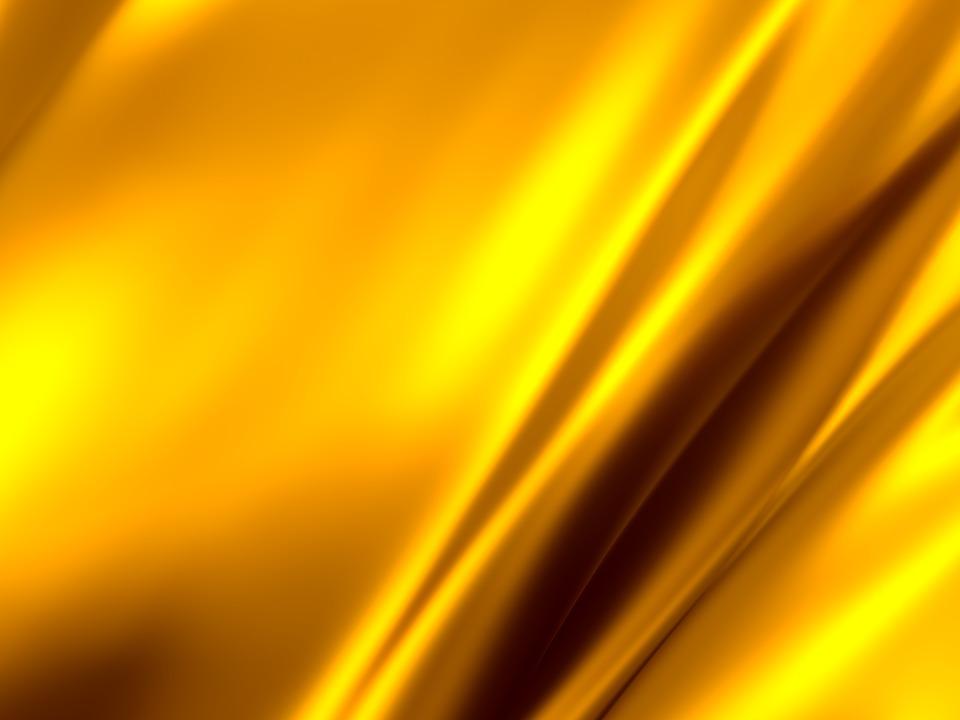Silk is one of the best, if not the best, fabrics known to man. It is a natural fabric – made from cocoons of mulberry silkworms and caterpillar moths – so using anything made of silk will not make you feel guilty about using something that can be harmful to the environment. But before we wear silk pyjama sets or sleep in silk sheets and pillowcases, do we have an idea of how silk is made? The painstaking process, known as sericulture, is what makes it an expensive material. Here is a peek at how the process of silk-making takes place before manufacturers make it into various products.

Culture and growing of silkworms
Silkworms feed on mulberry leaves, and they produce protein from feeding on these leaves. Silkworms are the only producers of silk, and the cocoons they create are where silk is harvested. Silk producers culture and grow these silkworms so that they will produce more cocoons and, in turn, silk.
Thread extraction
The cocoons of the silkworms are where silk manufacturers harvest the silk from. Silkworms produce a lot of cocoons, but each of them is small, so it becomes an arduous process of extracting thread from each of the cocoons.
Dyeing
This is the process where the threads become different colours. Manufacturers use dye to create different-coloured silk threads.
Spinning
After dyeing the silk threads comes the spinning of the threads into spools. Silk manufacturers will then use these spools in weaving, so it becomes easier compared to weaving unspooled silk threads.
Weaving
This is the process where the threads become fabric. Weaving silk threads into whole pieces of the textile takes time. It is an intricate process that requires time and patience.
Why is silk expensive
Learning how to create silk helps us to understand why silk is costly. The time it takes to culture silkworms, harvest the cocoons, extract, dye, spin and weave the threads make it a valuable commodity. Plus, it is an all-natural material, so its value goes up tenfold compared to synthetic materials.
Distinguishing real silk from fake
There are so many fake silk sellers on the market, and with the value of silk, landing a fake product will be a waste of money. Knowing how to tell if silk is artificial or not is a crucial aspect of buying it. There are several things you can do to spot fake silk: do the burn test, feel the fabric, shine a light on it, and look at the price. If you think that a silk garment is too cheap, then it is probably fake.
While it is true that silk is more expensive than other types of fabrics, it brings many benefits to its users. One such benefit is to help people with respiratory illnesses such as asthma to reduce the number of attacks. Silk repels allergens and dust. It also prevents frizzy hair and split ends. If you are thinking of investing in a few silk pieces, you may start collecting them now.
Leave a Reply